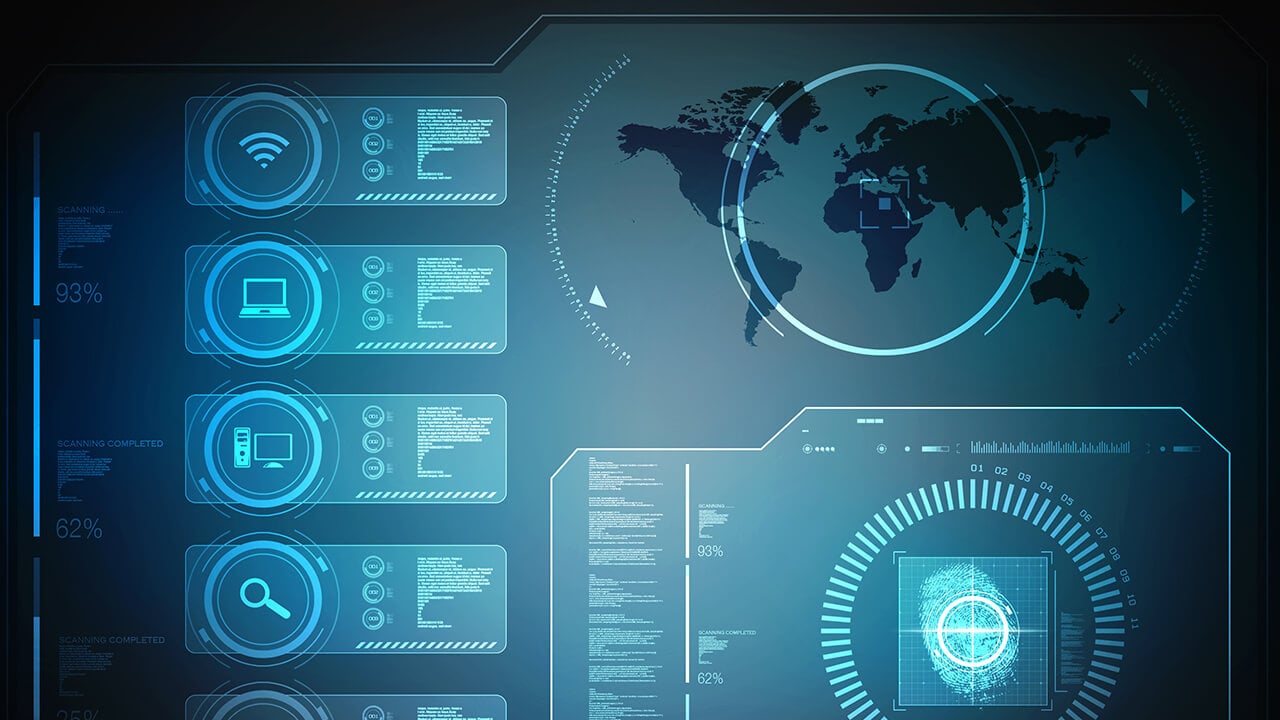Using Network Forensics to Combat Cyber Attacks

 By
Jason Miller
·
3 minute read
By
Jason Miller
·
3 minute read
Cyber attacks are becoming increasingly dangerous and more prevalent throughout the world. To make matters worse, cybercriminals are improving their knowledge and getting smarter. Someone can hack into your system, then wipe all traces of the attack from your server. You could have no idea who attacked you or the true nature of the attack and how much damage was caused.
This is why network forensics is crucial to any cybersecurity plan.
If you have the knowledge and understanding of network forensics you can use it to combat cyber attacks within your organization. It’s a particular skill that dives into network and application protocols. Today, we’ll explain how you can use network forensics to combat cyber-attacks.
What is network forensics?
The technical definition of network forensics refers to the investigation of network traffic patterns and data captured between computing devices.
By investigating these things, you can figure out the source of an attack and how serious it is. When a criminal hacks into a server and leaves certain information behind, network forensics can identify the source of the attack and figure out what was stolen and why.
A network forensic investigator must have expert knowledge on all the different protocols present in a system. This includes web protocols, email protocols, and so on. By knowing what these protocols are supposed to look like in their regular form, it allows a network forensics expert to single out any anomalies that are linked to an attack.
Examine the Two Main Sources
When an attack happens, a network forensic investigator has to look at two main sources:
- Full-packet data capture
- Log files
These sources are taken from all the different devices that were affected by the attack. This includes proxy servers, routers, web servers, and so on.
Full-Packet Data Capture
Full-packet data capture provides the benefit of getting as much information as possible. It’s usually a method of data capture that’s reserved for incidents like cyber-attacks. It takes a lot of time to capture all of the data, and requires lots of storage space to keep it. However, the advantage is that you see the full meaning and value of the data being transferred. So, you understand what was taken from the server and why. It’s vital that you choose the ideal packet capture network tap point so you can get as much traffic from all the devices in the network that were affected. If you can’t find the best tap, then you may need to use more than one point.
Log Files
Log files provide a more condensed set of information than full-packet capture. Virtually all modern network devices can store data into log files all the time. You can get log files from things like proxy servers, firewalls, intrusion detection systems, web servers, etc. All of these files contain vital information about network activity. Plus, with log files, it’s easier to store the data and all the collection points are already put in place.
Consequently, you can analyze the log files to figure out a source that might be somewhat suspicious. For example, the files may show you that your server started communicating with another server in Russia or the Far East. This isn’t normal behavior, so it points you to the location of the attack. Similarly, log files help you see suspicious activity between applications. Again, an example of this is your web browser communicating on a port that it doesn’t usually use.
Use the right tools for Network Forensics
There are plenty of software tools to help with network forensics. These tools allow you to carry out data analysis with minimal stress and effort. The good news is that a lot of these software tools are free, but only a handful come with a GUI. In most cases, the free network forensic tools only run on Linux and only provide command-line interfaces.
Do your research and search around for the best ones out there right now – it may even be worth paying for them to ensure you get the best outcomes.
How to get the most out of network forensics
Here are three things you can do to ensure that network forensic investigations run smoothly:
- Implement a process
- Create a plan
- Find the best talent
Implement a process
A network forensic expert can’t do their job if they don’t have access to key sources. Make sure you have a process in place where your devices capture and store log files for the investigators to use when necessary.
Create a plan
Every company needs a plan to cope with any cyber incidents. Create one so everyone knows the steps to take following an attack. This allows your network forensic investigators to get to work right away and limit the damages.
Find the best talent
Not everyone can be a network forensic investigator. A seasoned investigator will be able to assess all the log files and capture files and understand protocols. Get the best talent – be it in-house or outsourced – to ensure than you have expert network forensic investigators on the job.
The bottom line is that network forensics will help you stop cyberattacks and find out their source. Not only that, but you learn the extent of the damage and what was stolen from you. It’s a complex field of knowledge, but one that will serve your organization very well. Plus, the information you gain from the forensic analysis can be used to prevent the same attacks in the future.
BitLyft aims to provide you with a simple no-nonsense solution to keep your business safe from online threats. If you’d like to learn more, don’t hesitate to get in touch with us today to speak to one of our friendly representatives.
We’ll help explain the services we offer and how they can be customized to your exact needs.
